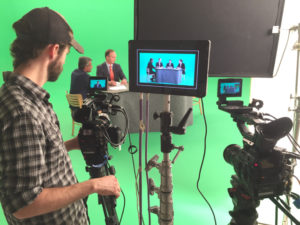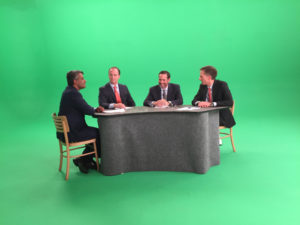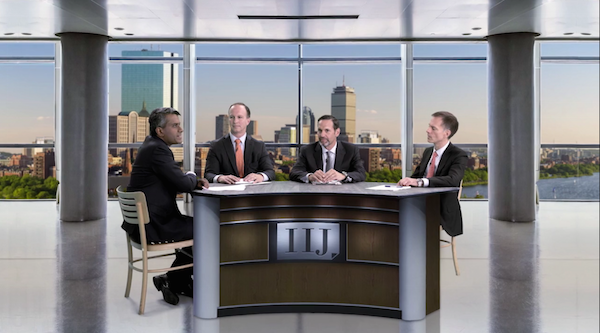“It is all very well planning what you will do in six months, what you will do in a year, but it’s no good at all if you don’t have a plan for tomorrow.”
― Hilary Mantel, Wolf Hall
As the new year begins, it’s natural to begin planning communications initiatives, be they marketing, public relations, outreach, professional development or a combination thereof. One practical step that can improve your odds is asking how video could fit into your strategy, and also how it might shape it.
What does this mean practically? A plan–say for a public awareness campaign– has objectives, target audiences, and activities. As the activities are considered–events, print, e-mail newsletters, content marketing e-learning offerings, etc.–it’s very easy to say, “and then we’ll do some videos,” tacking this on to an existing activity, perhaps an event, capturing a training, or filming a testimonial. Although there is nothing wrong with these approaches, if you step back and ask, “What can video do for our objectives that no other format can accomplish?” you will likely come up with richer ideas that will increase impact.>
This question can also help you see how video can shape other aspects of your strategy. For example, if video is doing the heavy lifting for showing your program in action, perhaps via a day in the life mini-doc, that is something you can refer to in print, show at events, and build into e-learning. This can help shape a coherent communications effort and unify messaging. It’s also an efficient use of your investment.
Finally, if video is integrated into planning from the beginning, this gives you a base line for evaluating its effectiveness that relates to the overall objectives. It’s easy to feel like you’re drowning in measures, metrics, and dashboards: the ones that matter are the ones that tie to your audience and goals. Plan for ways to evaluate that from the beginning for videos. And give us a call! We can help.
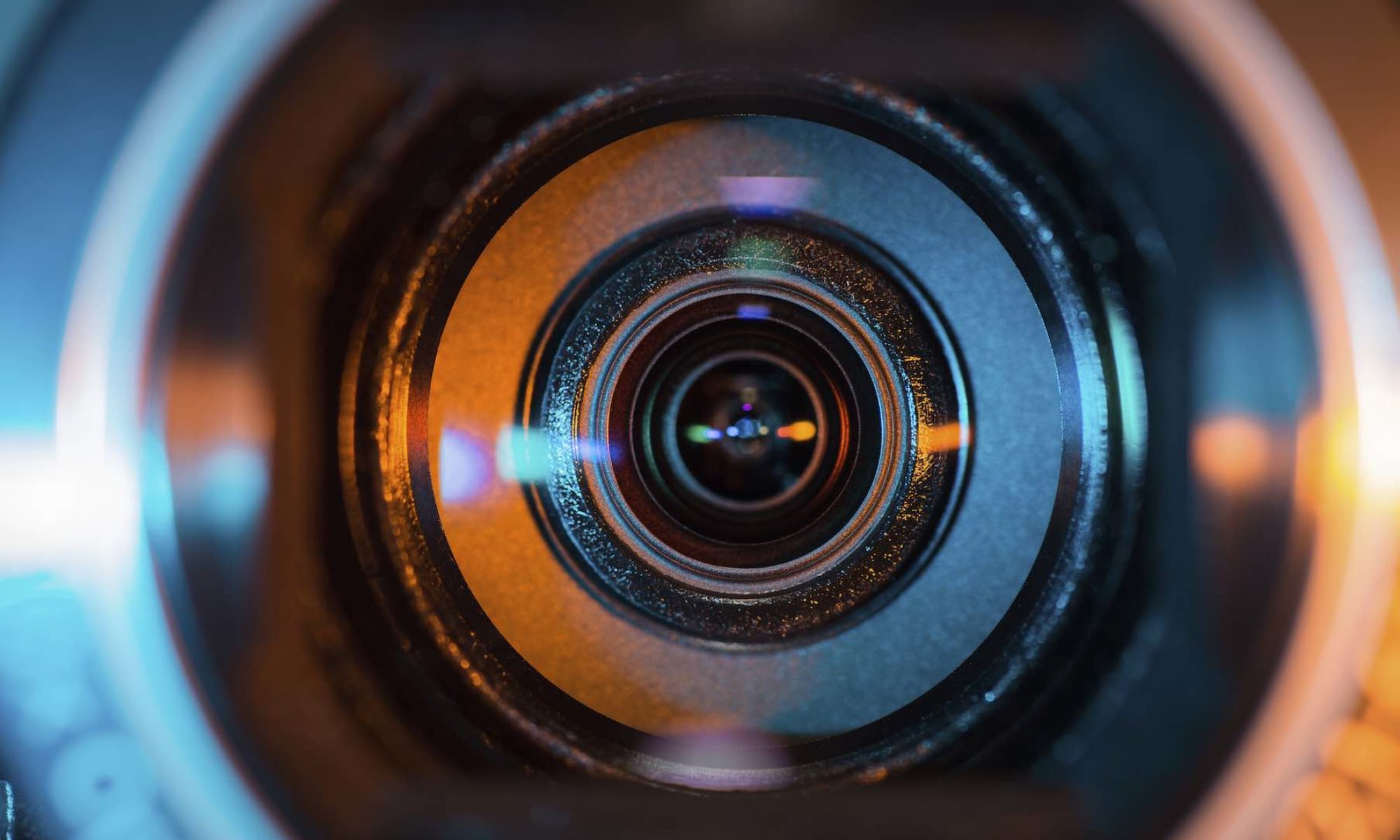

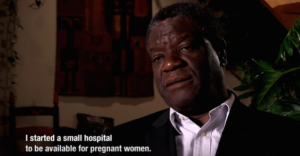
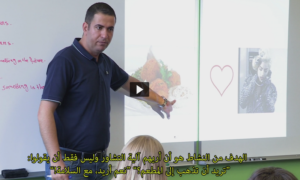
 Although we’re all
Although we’re all 